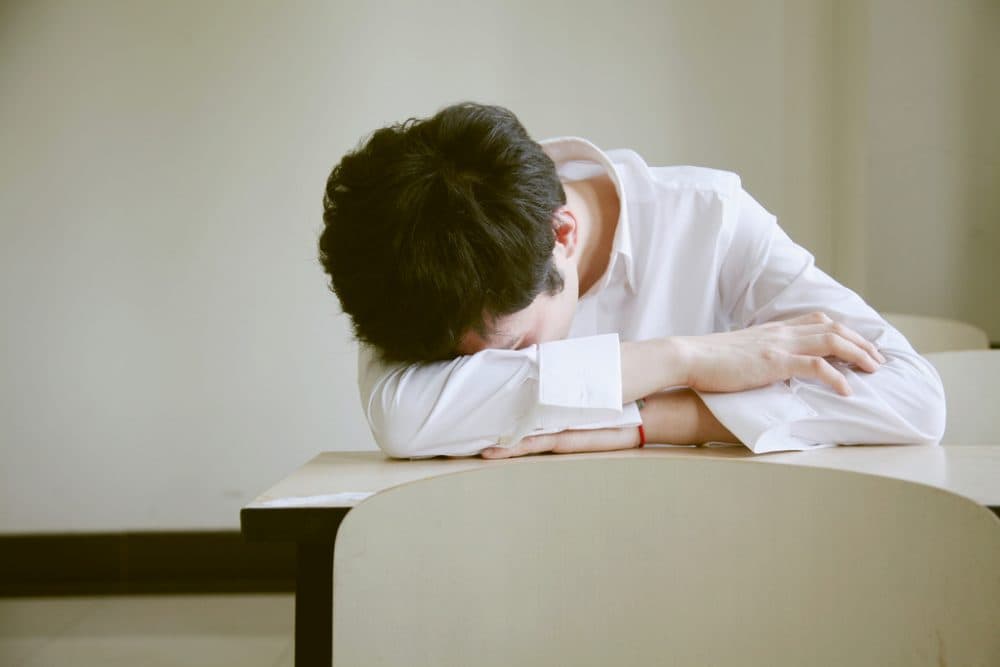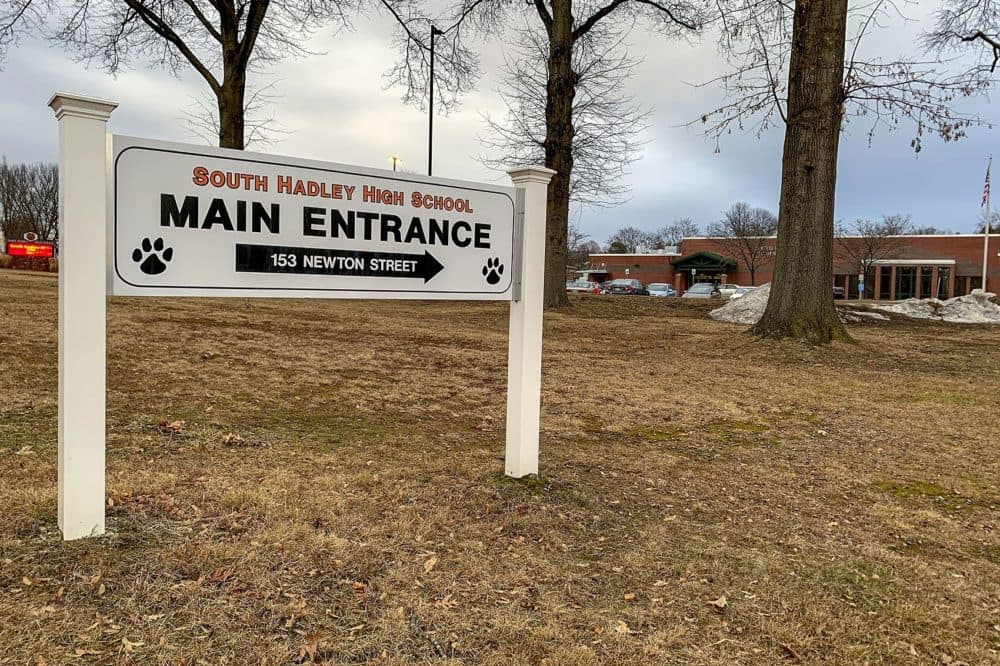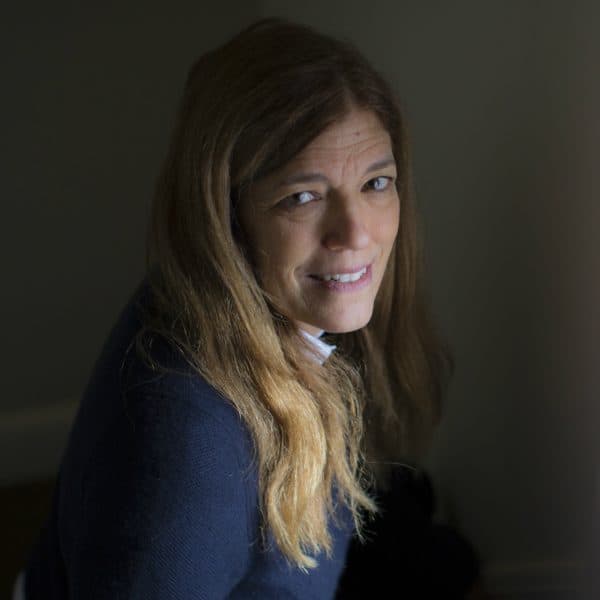Advertisement
commentary
10 Years After Phoebe Prince’s Suicide, Schools Are Still Getting It Wrong

By the time Phoebe Prince died by suicide on Jan. 14, 2010, she’d been persistently bullied, stalked and threatened by classmates at her South Hadley high school. Schools, educators and legislators have come a long way in taking bullying more seriously since Prince’s internationally publicized death played out in the media, but many pernicious problems persist — both on school grounds and in public opinion.
I know. For more than 20 years I worked as a child psychiatrist in a Massachusetts public high school like the one Phoebe attended, and I met daily with teenage students navigating the age-old issues of homework and parental hassles alongside newer fears including school shootings, bullying (both in-person and on social media), and a "cancel culture" where even the slightest perceived social flub can lead to ostracization.
Young people are facing more pressure than ever before, which is why schools have rightly ramped up programming and training to help students like Phoebe Prince.
Phoebe had recently moved from Ireland as a freshman and briefly dated the football captain which precipitated intense bullying. Six teenagers were charged with criminal offenses and the school was criticized for not intervening more effectively.

Phoebe was just 15 when she took her own life, sending shockwaves through the nation and mobilizing educators to do better. Massachusetts eventually passed what's now known as Phoebe's law — some of the toughest anti-bullying legislation in the country. The law mandates that teachers and school officials report bullying to the principal when they witness or even hear about it.
But we can do even better. And our young people deserve it.
If you’re of a certain age, like I am, you probably learned that to combat the schoolyard bully, you must fight back — verbally, or, more than likely, physically. But those tactics didn’t work then, and they don’t work now. Young people can’t solve all of their problems; they need support from empathetic educators who can intervene, make connections and allow students to believe in a positive future.
Too often bullying occurs in unsupervised areas such as cafeterias, school buses and at recess. Yet even knowing this, many schools struggle to address this issue, leaving it to parents who repeatedly sound the alarm that their child is being taunted or bullied. But it’s hard to significantly change school culture for many reasons, including the fact that schools oftentimes succumb to the “flavor-of-the-month” crisis and, under pressure, are backed into quick fixes.
Advertisement
That’s why schools must work on deeper change and create a positive school climate where students feel that they can turn to teachers for help to prevent bullying. Creating an emotionally safe environment where students feel heard is a critical step in encouraging students to approach school officials if they have a problem. It is also vital to inspire all students to be “upstanders” rather than “bystanders” — to take action when they see a bullying situation arise.
Young people are starved for connection ...
Open communication and follow-through are also essential. Young people are starved for connection, particularly those who are vulnerable to suicide and/or bullying and who struggle with mental health or trauma. Working in schools, I witnessed firsthand that young people crave to be known and seen, not for how they behave or perform academically, but for who they are and what they’re interested in. Building strong relationships with school adults creates these connections and is protective.
Stan Davis’ Youth Voice Project surveyed more than 13,000 students who reported that support from friends and adults was most helpful for them. Of those students surveyed, 3,000 said they’d been hit, threatened or bullied twice or more in the past month, and only a third of those students reported the bullying to an adult at school. The project found that when adults listened, maintained supervision and continued to make sure the students were OK over time, they perceived the problem often got better.
Often students who are bullied and doing the bullying are facing an underlying problem, such as mental illness, trouble at home or trauma. That’s why schools must build a culture of safety where all students are welcomed and encouraged to ask for help. Many schools now offer extremely valuable emotional literacy training (such as Second Step), which, if offered early and with the appropriate intensity, gives young people the tools to talk about difficult feelings and subjects. However, competing needs and resources can make this kind of training diluted and less effective.

When students do come to adults with their concerns about bullying, the adults must effectively address the problems. Too frequently, educators merely punish students with problematic behavior through detention or suspension. But punitive action can create a false sense of confidence for school officials, while further eroding a student’s trust in authority figures and unrealistically expecting that the student will learn from their mistakes. I encourage educators to avoid fact-finding questions with these students, such as, “Why did you do that?” and instead remain curious about what’s really going on beneath the behavior. Comprehensive assessment and mobilizing access to clinical resources is often necessary to turn around a student’s troubling behavior.
By assessing and addressing the underlying issues impacting young people who bully or are bullied (sometimes the same person can play the role of “bully” and “victim” in different situations), educators can work with parents and clinicians to stage life-changing interventions. We should also teach young people how to make up for their problematic behavior without shaming them or resorting to easy, punitive tactics.
We want to build school communities based on empathy, respect and safety, using frameworks like restorative justice rather than exclusionary discipline. Developing interventions for the school, classroom and individual students in a coordinated way is the most promising way to make substantive progress with students and to put schools in a better position to help people like Phoebe Prince, and other young people, get the justice they deserve.
Follow Cognoscenti on Facebook and Twitter.
Resources: You can reach the National Suicide Prevention Lifeline at 1-800-273-TALK (8255) and the Samaritans Statewide Hotline at 1-877-870-HOPE (4673). The National Domestic Violence Hotline can be reached at 1-800-799-SAFE (7233).
